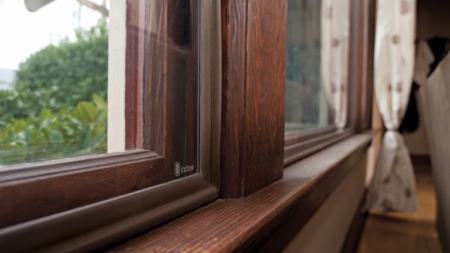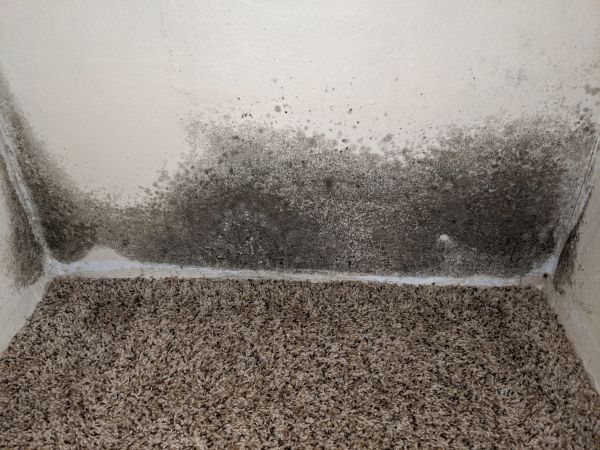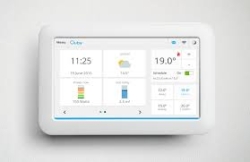Insulation for construction comes in many forms. Depending on a variety of conditions such as location on the project (interior, exterior, attic, basement, etc.), the climate/moisture of your area, and availability of products, there a many options to go green!
Insulation now comes in a variety of materials. No longer do you have to head down to the local hardware store and go “pink”. Although fiberglass and other man-made materials are still an option, other “green” choices include natural materials such as cellulose and cotton.
Living in Portland, we get a fair amount of moisture (yes we do have webbed feet).Certain types of insulation do not do well in high moisture climates. In order to determine appropriate insulation, we need to take into consideration they type of construction and choose the type of insulation that would give the best overall energy and price efficiency. Some types of insulation have a higher up front cost, but eventually pay for themselves and save money in the long run.
There are many types of insulation, here are some that are available:
Natural materials
- Cellulose– Cellulose is made from wood products and is usually blown into walls. Cellulose uses considerably less energy to produce than fiberglass types. A majority of material comes from recycled newspapers and has no effect on indoor air quality. Disadvantages are that it can absorb moisture
- cotton– Cotton is available in both loose fill and batt insulation. It is made largely from recycled material
</ br>
Man made materials
- Foam spray insulation– Usually made from petrochemicals, foam sprays usually do not have HCFCs. Advantages of foam sprays are that they prevent air leakage in the walls, and can provide a higher R-value than most other types of insulation. Disadvantages are that they are usually not recyclable.
- Fiberglass– Fiberglass is made of abundant material and has some recycled content. It also has the advantage of coming in different forms (board, batt, fill). Disadvantages are the high levels of energy it takes to produce and produces irritants and certain toxic chemicals.
- Foam board insulationFoam boards come in several different types. They are typically used in new construction in areas of low moisture. Some are recyclable and usually do not have HCFCs. Disadvantages are that they absorb moisture and are made from petrochemicals.
- Mineral Wool– Mineral wool is a man made insulation mainly consisting of blowing air through molten rock. It comes in various forms and is made from abundant material. Other advantages are that it is naturally fire retardant and moisture resistant. It also can me made of recycled material. Disadvantage is that it can release irritants.
New materials and methods are constantly being discovered. One type of new material is a spray insulation made from Aminoplast, a Nitrogen based material. This material performs like traditional spray foam insulations, but is non-toxic, contains no CFCs or petro chemicals, and no off-gassing. you can find more information about it here
We at Bronze Construction Services continually work towards our goal to encourage project owners in considering green alternatives. Benefits of going green are not just for the environment, they also effect the pocketbook!




